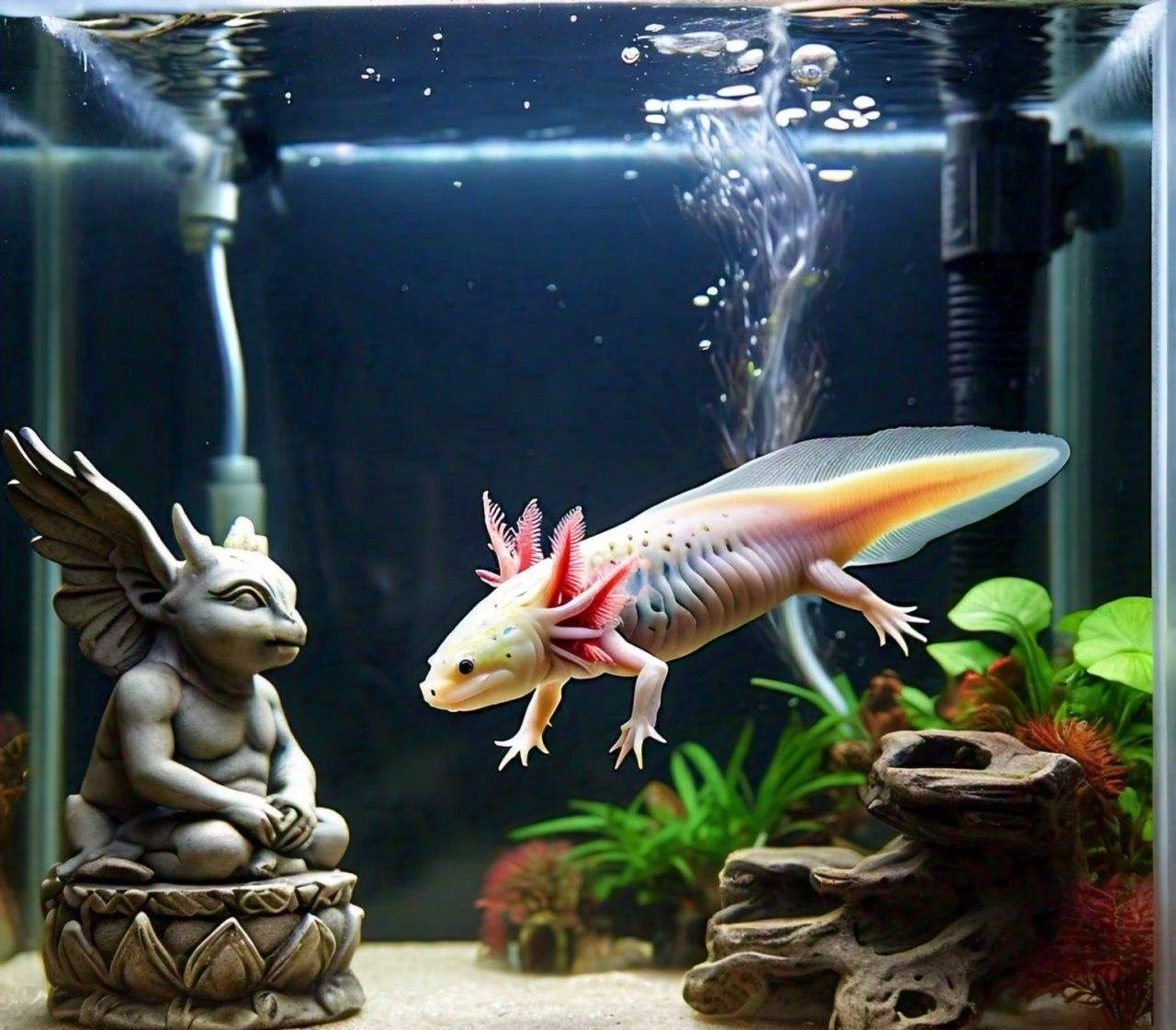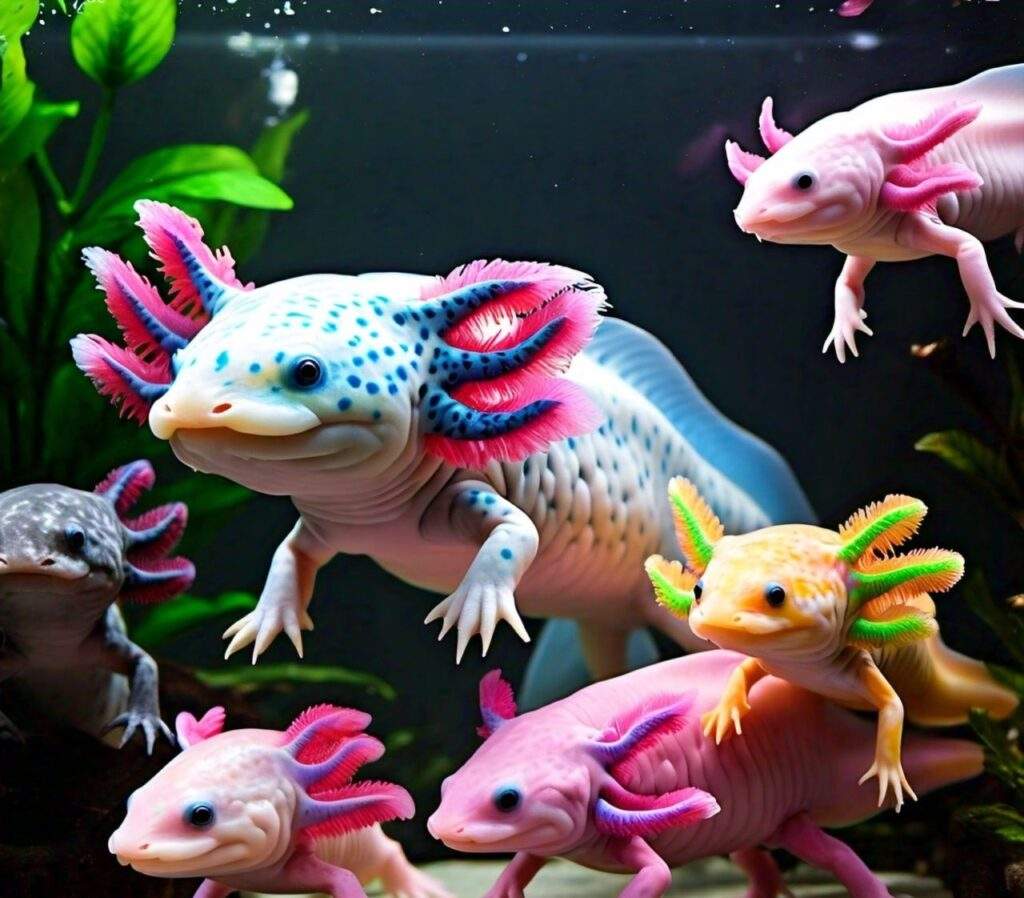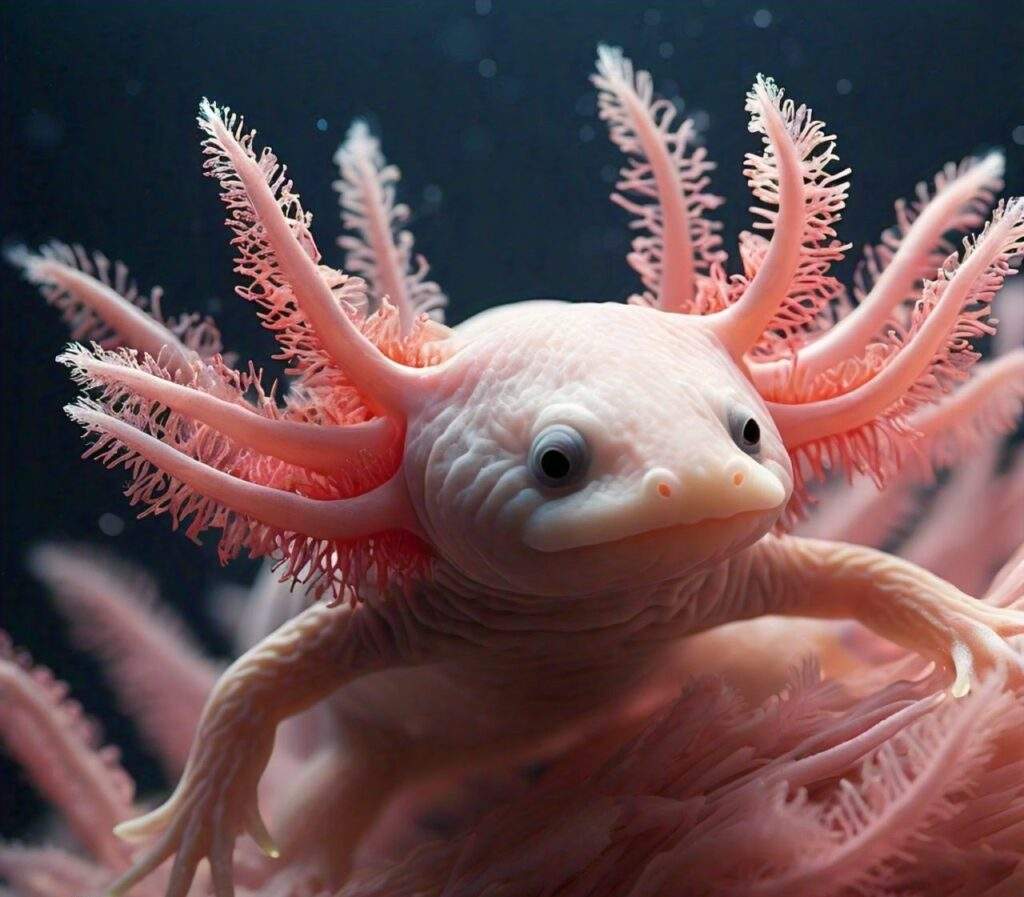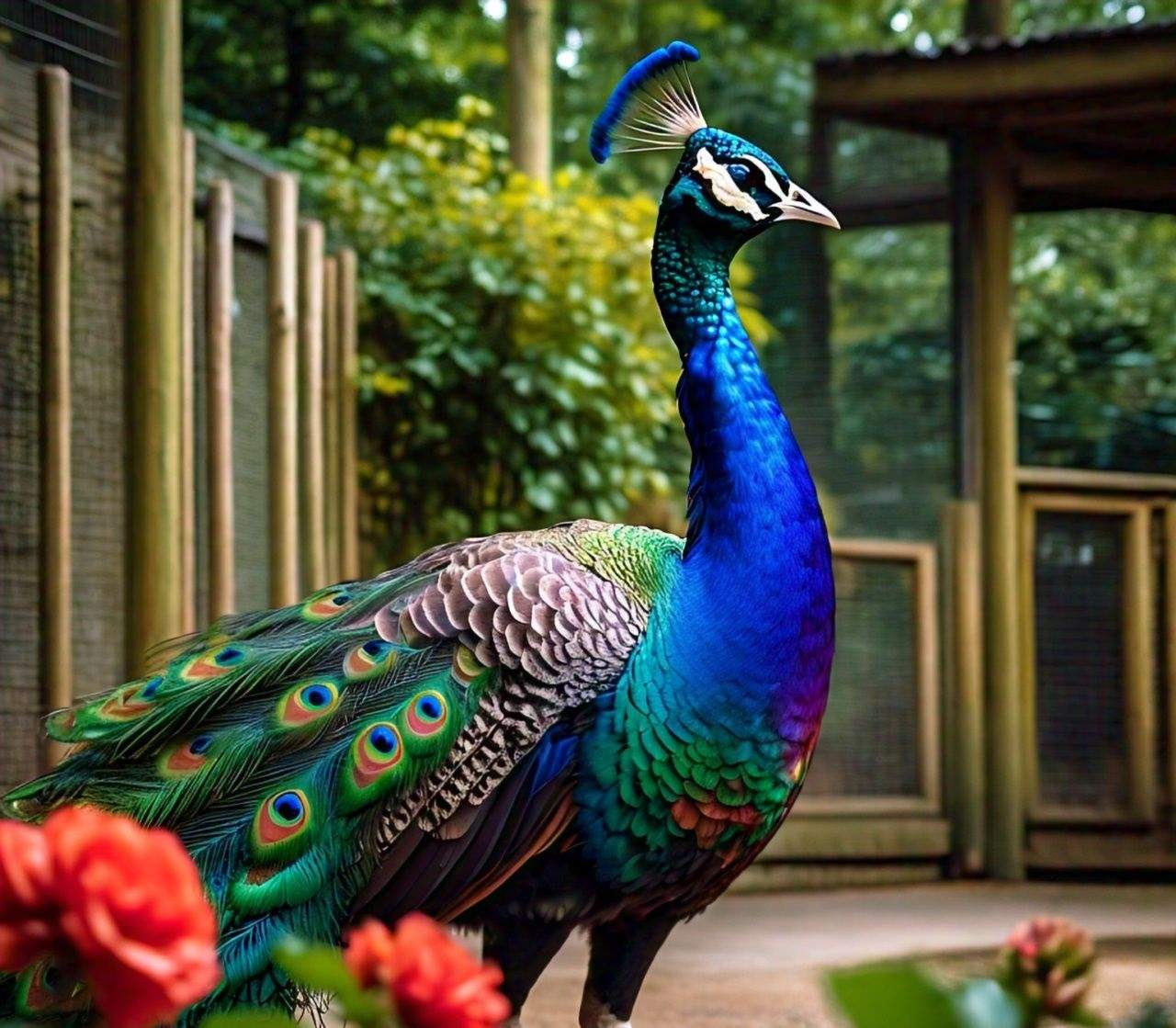
The axolotl (Ambystoma mexicanum) is a unique and fascinating creature that has captured the hearts of many animal enthusiasts. Also known as the Mexican walking fish, this amphibian is neither a fish nor a typical salamander, but rather a neotenic salamander that never undergoes metamorphosis. In this blog, we will delve into the world of axolotls, exploring their history, characteristics, care, and conservation status, accompanied by some stunning images.
History and Mythology
Axolotls have been a part of Mexican culture for thousands of years, dating back to the Aztec and Mayan civilizations. They were considered sacred animals, associated with the god Xolotl, who was believed to guide the spirits of the dead to the afterlife. The Aztecs also used axolotls as a food source and for medicinal purposes.
Physical Characteristics
Axolotls are characterized by their feathery gills, ability to regrow limbs, and unique ability to regenerate their eyes, parts of their brain, and parts of their spinal cord. They have a broad head, a long, slender body, and a flattened tail. Adult axolotls can grow up to 12 inches in length and come in a variety of colors, including brown, gray, black, and albino.

Care and Housing
Axolotls are relatively easy to care for, making them a popular pet choice. They require a well-oxygenated tank with plenty of hiding places, a temperature range of 15-18°C (59-64°F), and a diet of live or frozen foods such as bloodworms, earthworms, and axolotl pellets.
Conservation Status
Axolotls are listed as an endangered species due to habitat loss, pollution, and the introduction of non-native species that compete for food and habitat. Conservation efforts are underway to protect their natural habitats and breed them in captivity.
Interesting Facts
– Axolotls can live up to 10-15 years in captivity.
– They have the unique ability to regenerate their limbs and parts of their body.
– Axolotls are neotenic, meaning they never undergo metamorphosis like other salamanders.
– They are able to breathe through their gills and skin.

In conclusion, the axolotl is a fascinating and unique creature that has captured the hearts of many. Their ability to regenerate and adapt to their environment makes them an important species for scientific study and conservation efforts. By learning more about these incredible animals, we can work to protect and preserve them for future generations.









